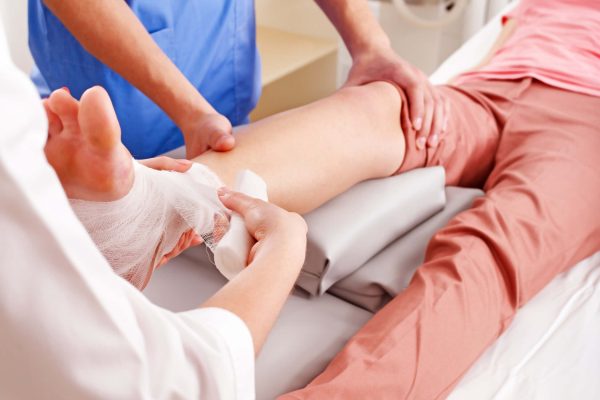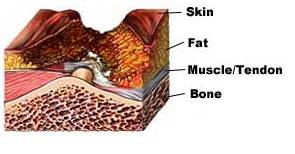QSM’s comprehensive, aggressive wound care techniques, combined with our multi-disciplined approach, promotes the fastest healing rates using the most cost-effective wound treatment modalities
Debridement of necrotic tissue (devitalized tissue), with careful sparing of healthy tissue, has been well documented to promote wound healing by reducing sources of infection and stimulating growth factors to speed healing.
Our qualified professionals treat wounds by examining underlying infections, metabolic, nutritional, and vascular problems that may inhibit wound healing. Using our services will result in measurable changes in wound drainage, inflammation, swelling, pain, wound dimensions (diameter, depth, tunneling), granulation tissue, and necrotic tissue.
Types of wounds treated: Pressure, Arterial, Venous, Surgical, Trauma, Diabetic Ulcer, CAD-PVD, Vasculitis, Peristomal Skin Irritations, Lymphedema and Other Chronic, Non-healing wounds …Anywhere on the body.





